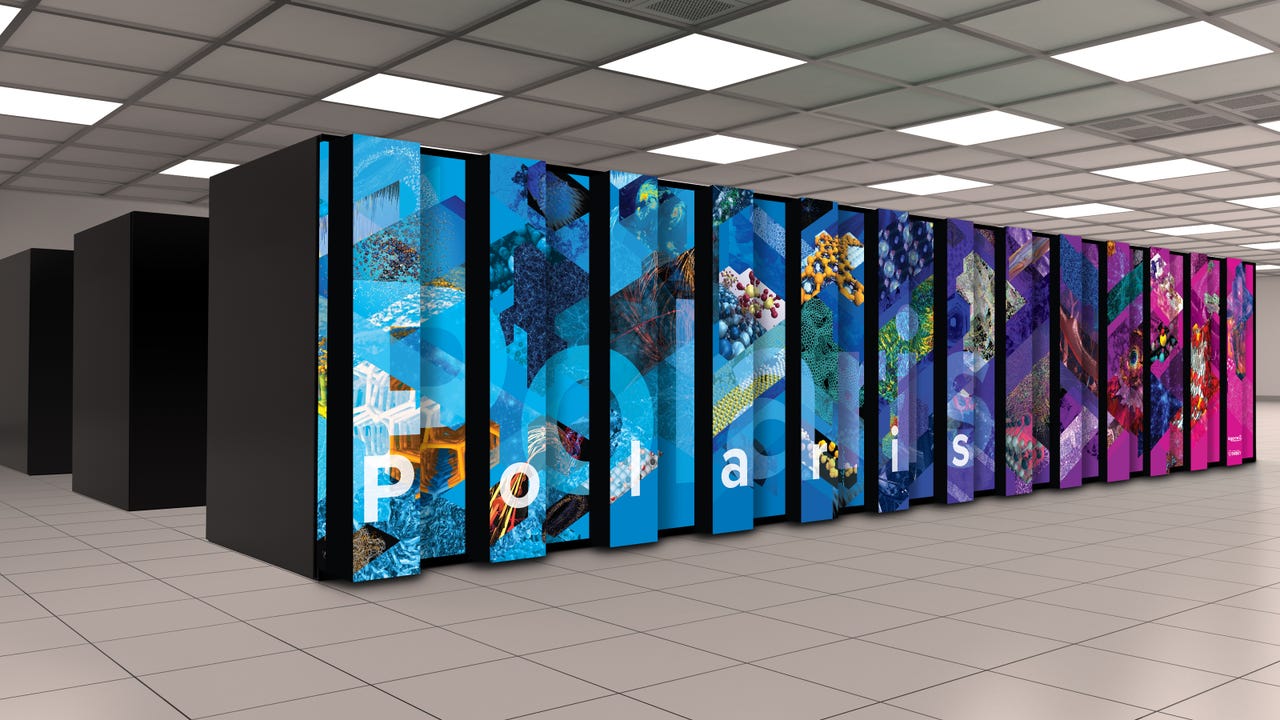DOE's Argonne Lab to deploy new GPU-based supercomputer Polaris


The Department of Energy's Argonne National Laboratory will run its largest GPU-based supercomputer, called Polaris, on Nvidia's accelerated computing platform, the company said Tuesday.
Accelerated by 2240 Nvidia A100 Tensor Core GPUs, the Polaris system will be able to achieve almost 1.4 exaflops of theoretical AI performance and approximately 44 petaflops of peak double-precision performance. That makes it roughly as performant as a top 10 computer on the Top500 list of the world's 500 most powerful supercomputers. The system will be built by Hewlett Packard Enterprise.
Researchers at Argonne Leadership Computing Facility (ALCF) will use the new supercomputer for a range of scientific pursuits, such as advancing cancer treatments, exploring clean energy and propelling particle collision research.
Polaris will also enable researchers to update their workloads ahead of the deployment of Aurora, Argonne's forthcoming exaFlop supercomputer.
Polaris follows last year's launch of the ThetaGPU system at ALCF.
"This is really a testament that they're seeing value in the accelerated computing model, as well as the Nvidia software and accelerated computing stack," Dion Harris, Nvidia's lead product marketing manager for accelerated computing, said to reporters.
Polaris is expected to be available for early access program application owners in early 2022. Later that year, ALCF expects to open it more broadly to the research community.